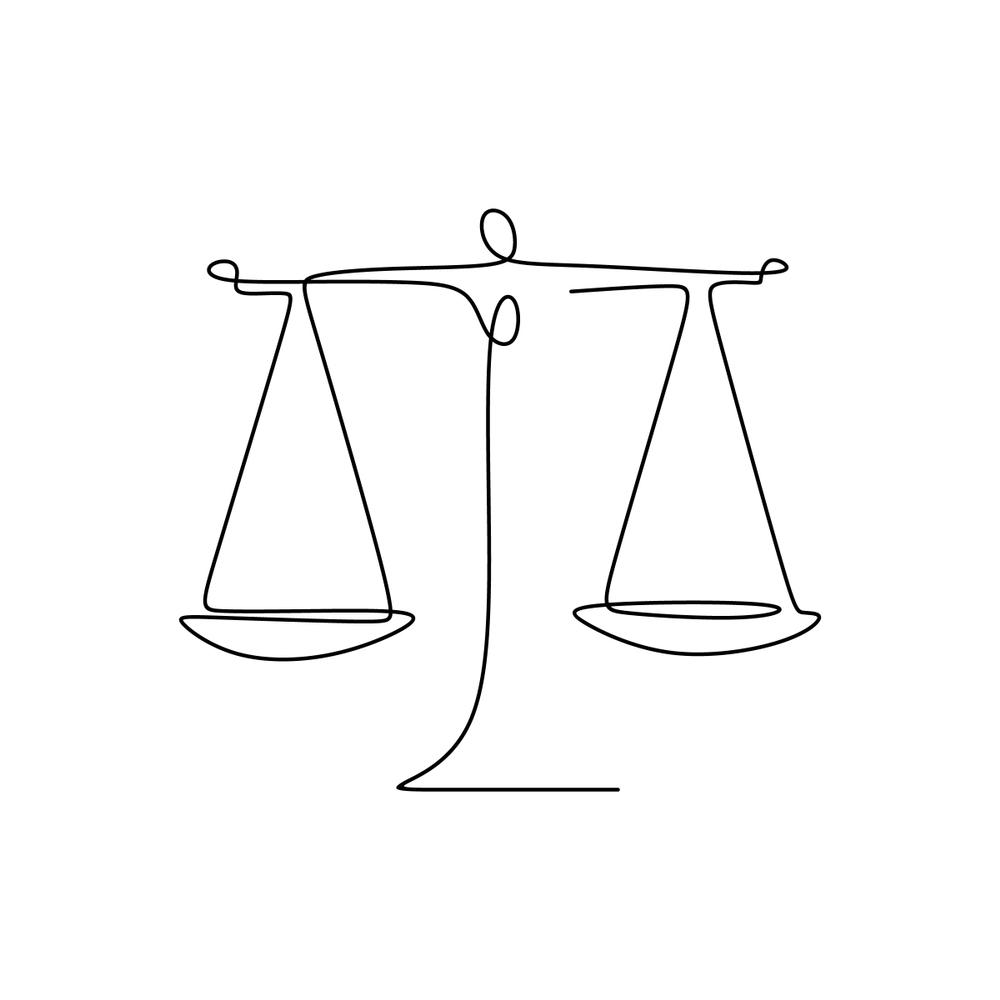Intellectual Property: The legal side
Your works are deposited via an encrypted code (Hash code) on the BlockChain used to secure BitCoin transactions. is legally valid and recognized in the 177 countries of the Berne Convention, including China, India, the USA and Russia.
National Assembly answer to Question N°22103
Question published in the JO on: 30/07/2019
Answer published in the Official Journal on: 10/12/2019
Blockchain, a technology for creating and managing secure, decentralized databases with a reputation for forgery-proofness, is one of the variations on shared electronic recording devices. It combines three technologies that are relatively old on the scale of the Internet: cryptology, databases and peer-to-peer.
In recent years, there has been growing interest in the use of this technology, and many private and public sector players are experimenting with its benefits, particularly in terms of asset creation, certification, time-stamping and the creation of smart contracts. It is worth noting that France has played a relatively pioneering role in integrating this technology into its legal system.
In fact, Article 2 of the Order of April 28, 2016 no. 2016-520 on savings bonds provides for the possibility of registering the issue and transfer of minibonds in a shared electronic recording device enabling authentication of these transactions. However, in 2016, few countries had included this technology in their legal framework.
Since then, France has each year enriched the corpus of its legal texts specifically taking blockchain technologies into consideration: Order no. 2017-1674 of December 8, 2017 on the use of a shared electronic recording device for the representation and transmission of financial securities, Decree no. 2018-1226 of December 24, 2018 on the use of a shared electronic recording device for the representation and transmission of financial securities and for the issuance and sale of minibons, and Law no. 2019-486 of May 22, 2019 on the growth and transformation of businesses, known as the PACTE Law.
cIn terms of evidence, although blockchain is not specifically mentioned in any legal text, this does not mean that there is a legal vacuum. Indeed, the French Civil Code establishes the principle of freedom of proof for legal facts (article 1358) and for deeds signed by private parties for amounts of less than 1,500 euros (article 1359). Furthermore, although a written document is required for contracts where the stakes exceed this amount, the Civil Code establishes the principle of non-discrimination between electronic and paper-based documents (article 1366), provided that the person from whom the document originates can be identified, and that the document is drawn up and stored under conditions that guarantee its integrity. Under article L. 110-3 of the French Commercial Code, proof of obligations is also free between merchants. As a result, blockchain-based evidence can now be legally produced in court. It is up to the judge to assess their probative value, without being able to dismiss them on the sole grounds that they exist in digital form.
In cases where written proof is required, blockchain technology can meet some of the regulatory requirements in this area. European Regulation No. 910/2014 of July 23, 2014 on electronic identification and trust services for electronic transactions in the internal market, known as the eIDAS Regulation, requires the use of a trusted third party to benefit from a presumption of reliability in terms of signature and time-stamping, which this technology does not provide. However, this does not mean that electronic signatures and other inscriptions used in blockchains - which may cover a wide range of technical realities and obey very different governance rules depending on the type of chain in question - are devoid of probative value, only that they do not benefit from this presumption. Their probative value will be assessed by the judge in accordance with the ordinary law of evidence.
As our current legal framework is able to deal satisfactorily with the evidentiary issues raised by blockchains, we believe it is neither necessary nor appropriate to create a specific legal framework. What's more, the reliability of blockchains depends on the absence of flaws in the computer code (several cases of crypto-currency hijacking have already been observed) and on advances in cryptographic knowledge. Moreover, there is no guarantee of the veracity of an element inserted into a blockchain: only the date of insertion and the identity of the document produced in relation to the trace kept in the blockchain are guaranteed by this process.
JURISPRUDENCE
Applying the law: Case law
For the time being, there is little case law, as the technology is still in its infancy. What's more, in the event of a dispute, time-stamping by BlockChain is a deterrent and avoids the need for legal action.
Judges cannot refuse evidence on the grounds that it is electronic in nature. BlockChain issues a certificate that cannot be challenged by a judge (in the 177 countries that have signed the Berne Convention).
(source: actualitesdudroit.fr)
The La Raudière/Mis report notes the advantages of blockchain time-stamping, due to "the traceability guaranteed by the time-stamping function and the immutability of transactions", and indicates that it could meet, in part, the specifications of the eIDAS regulation. French doctrine and practitioners also recognize the advantages of blockchain time-stamping, particularly in the field of unregistered intellectual property rights (see Binctin N).
In an official announcement published on September 7, 2018, the Chinese Supreme Court reportsthat it is now possible to rule in favor of the admissibility of evidence authenticated by blockchain technology.
Chinese text excerpt: "Internet courts will recognize submitted digital data as evidence if the parties involved have collected and stored this data via a blockchain with digital signatures, reliable timestamps, hash value verification or via a digital repository platform and can prove the authenticity of this technology so used."
JURISPRUDENCE CASE 1: France (Nancy 2013)
In 2013, the Nancy Court of Appeal ruled that a "transaction proof file" electronically stored by a credit company constitutes admissible proof of an individual's acceptance of a rider to the revolving credit contract concluded with that company, provided that "the mention of the rider number on the proof file makes it possible to verify that it is indeed this rider that has been electronically signed" by the individual (Nancy Court of Appeal, Feb. 14, 2013).
JURISPRUDENCE CASE 2: China (Hangzhou 2018)
(Source: http://www.thierryvallatavocat.com) In the 41 cases handled in 2018 the parties chose to stick to the cybertribunal verdict using blochain evidence.
For Zhang Wen, President of the Beijing court, the use of AI is a valuable aid to assist the human judge, who remains the ultimate decision-maker.
In June 2018, the Hangzhou Internet Court, had used blockchain for the first time in a dispute concerning computer counterfeiters, the inviolability and integrity of the data allowing absolute probative character. The decision handed down on June 27, 2018 by the Hangzhou court concerned an infringement of intellectual property rights, the plaintiff raising as evidence of this infringement that it had anchored the source code of its site in the bitcoin blockchain Hangzhou Internet Court, Province of Zhejiang People's Republic of China, Case n° 055078 (2018) Zhe 0192 No. 81 Huatai Yimei/Daotong, June 27, 2018
JURISPRUDENCE CASE 3: Ireland 2017
(Source: https://rm.coe.int) Metadata has been deemed important for authenticating the provenance of electronically created documents or content (Koger Inc. & Koger (Dublin) Ltd v. O'Donnell & Others (2010) IEHC 350).
Irish courts have found an obligation on a party to civil proceedings to inform the other party(ies) of evidence stored by electronic means which contains (disclosure of) metadata of original documents, where this is of interest (Sretaw v Craven House Capital PLC (2017) IEHC 580; Gallagher v RTE (2017) IEHC 237).
CONTACT US
Email : contact@e-signproof.com

e-SignProof © belongs to the BPS Ltd. group.
Site sources are time stamped by MyCopyProof ©.
The 177 countries of the Berne Convention
Website e-signproof.com © 2020


